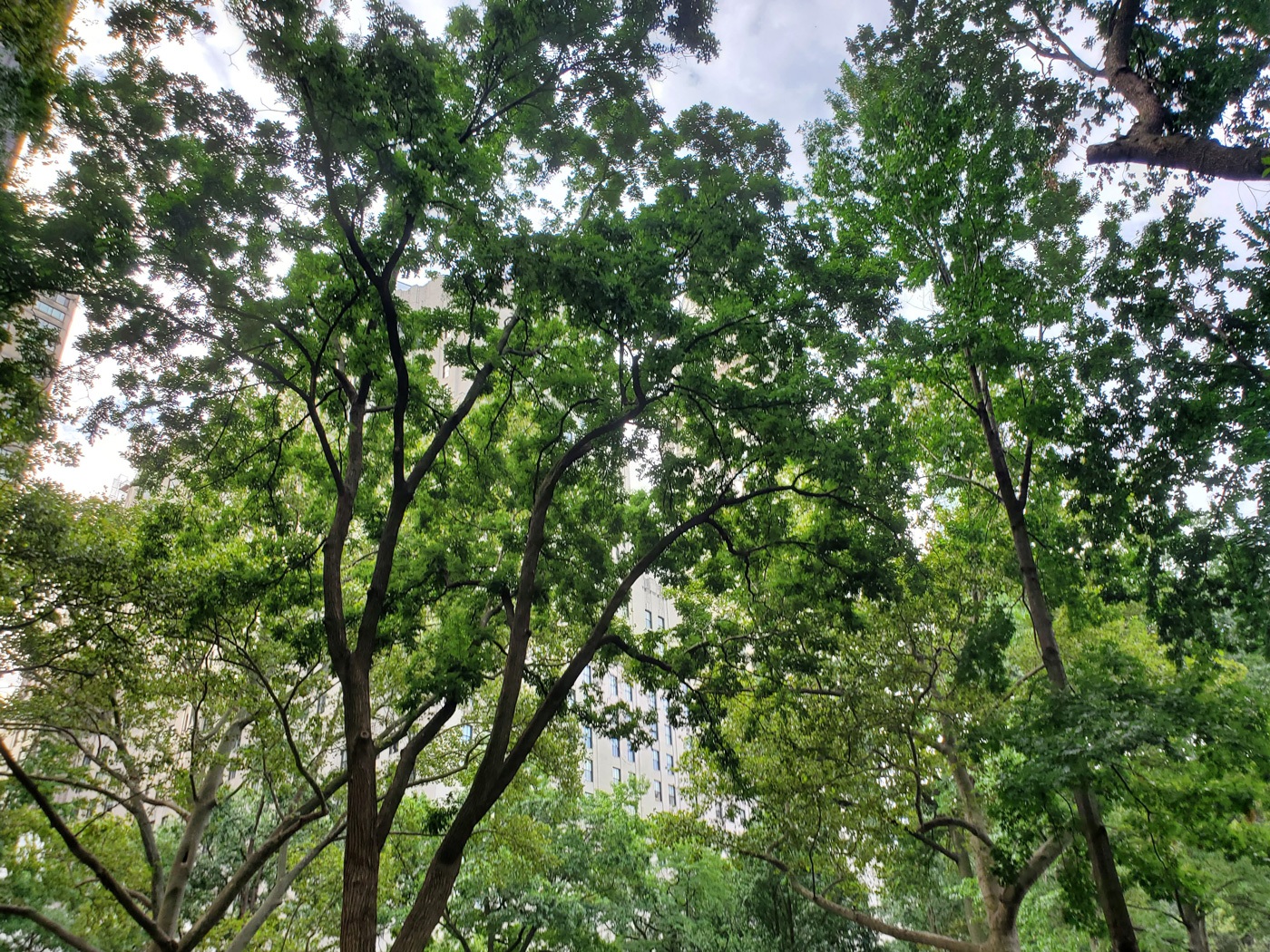This site uses cookies – Learn more.
Pagoda tree
Pagoda tree
Pagoda trees have pale gray bark and lovely green foliage. They are members of the pea family, and native to China and Korea. The trees are included as one of the 50 herbs that make up recipes for traditional Chinese medicine. Their name comes from their presence in the yards of Buddhist temples.
Growing to between 50-75 feet tall, Pagoda trees bloom with fragrant white flowers from July to August. The fallen petals surround the tree with a snowy blanket amid the heat of summer. These blossoms give way to bean-like seed pods. While the bright-green leaves change to yellow, these pods remain on the branches through the fall.
The Pagoda tree was first introduced to Europe in 1747, by Pierre d’Incarville, a French priest who lived in the Chinese Emperor’s court. While in China, D’Incarville advised the Emperor and his gardeners on cultivating European flowers. In turn, he received the secret knowledge of exotic seedlings including the Pagoda tree.





